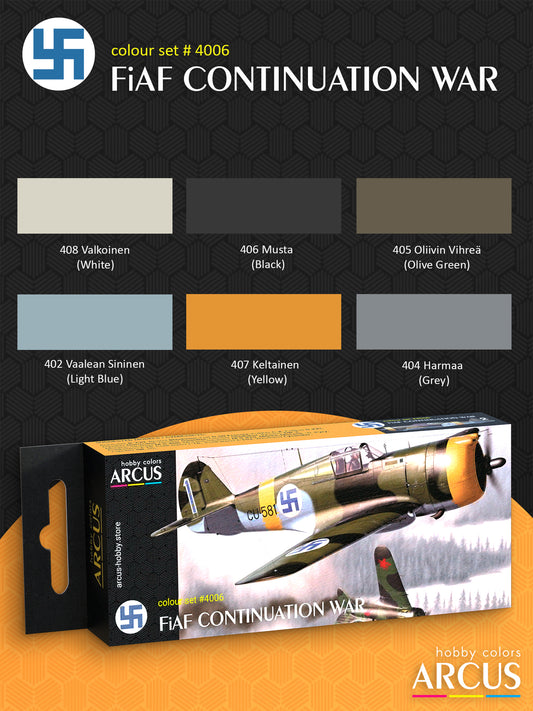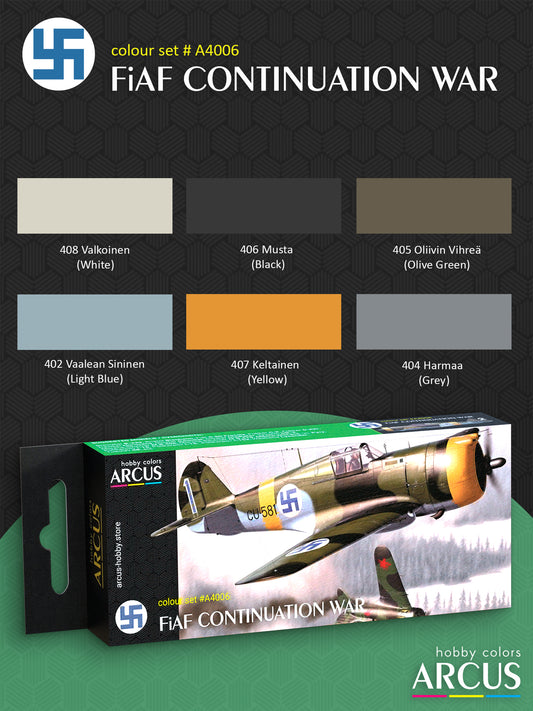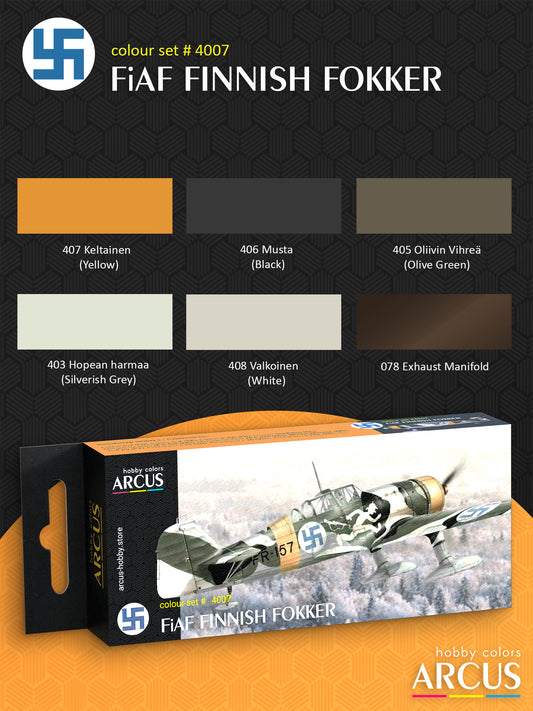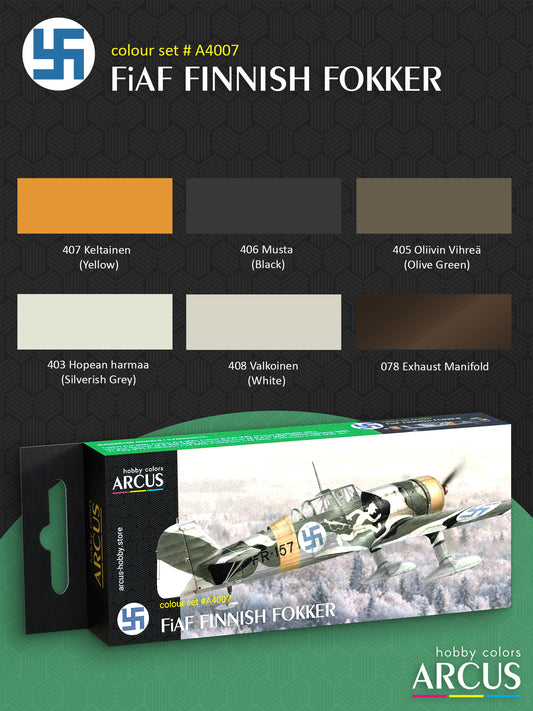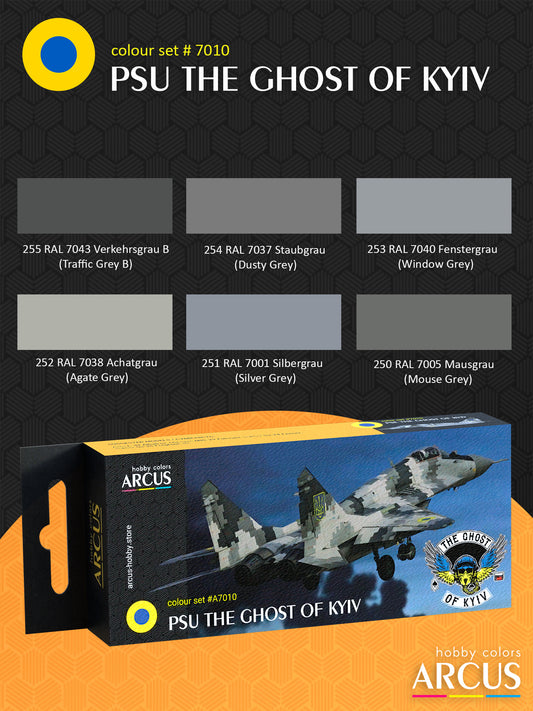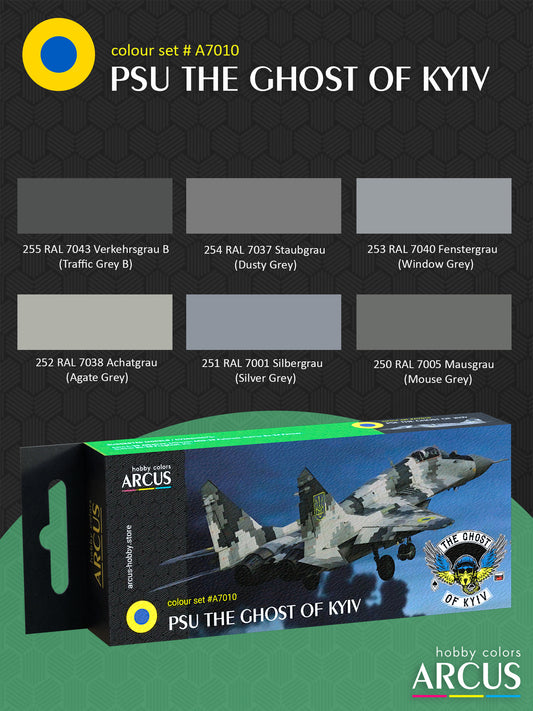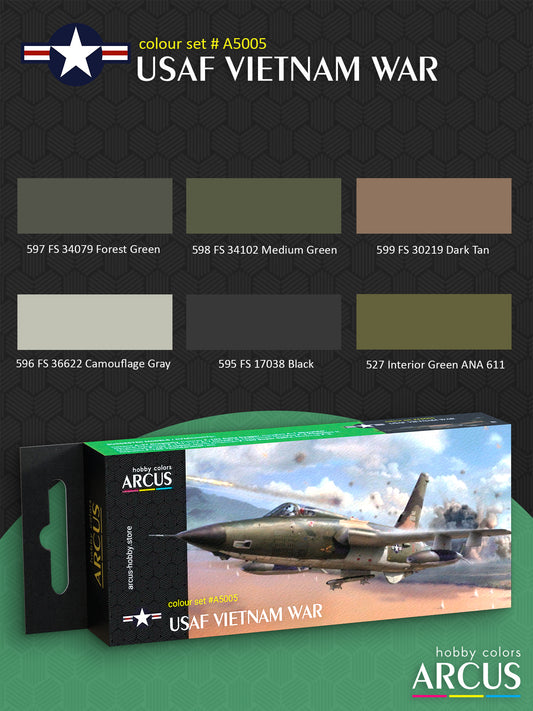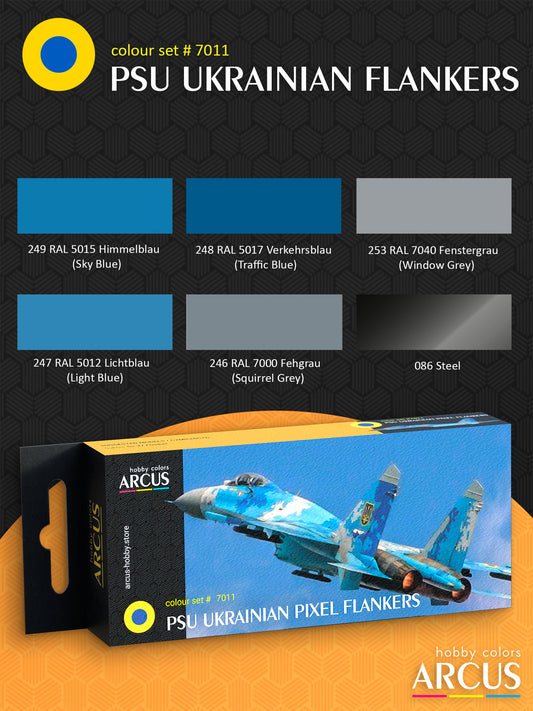The Finnish Air Force (FAF or FiAF; Finnish: Ilmavoimat) is a constituent of the Finnish Defence Forces and was established on 6 March 1918. During peacetime, its responsibilities involve surveillance of airspace, identification flights, and preparation of readiness formations for wartime scenarios.
Development of the Finnish Air Force in the 1920s-1930s
The origins of the Finnish Air Force can be traced back to Russian aircraft stationed in Finland during the period of the Russian Empire. After Finland declared independence in 1917, the Civil War erupted, during which the White Guard acquired aircraft, including Russian Stetinin M-9 planes. By the war's conclusion, Finland possessed 40 aircraft, some captured from the Reds, and others procured from Allies, Sweden, and Germany. In 1919, France suggested equipping Finland with wheeled planes, leading to the acquisition of French Breguet XIV planes and Georges-Levy flying boats.
Between 1926 and 1927, Finland developed the IVL Haukka fighter but opted for a British Gloster Gamecock II license in 1928, producing 15 planes. By 1933, the Air Force had seven squadrons, including fighter, ground, and naval cooperation units. Fighter squadrons expanded, with Air Squadron 24 operating Gloster Gamecock fighters, and Air Squadron 26 acquiring Bristol Bulldogs in 1934. Before the Winter War, Finland focused on rapid bombers, anticipating their dominance in warfare, with less emphasis on fighters. In 1936, 18 Bristol Blenheim planes were ordered, and a manufacturing license was acquired. Fokker CX dive bombers and Fokker D.XXI fighters were also obtained. The Blenheim was utilized in the Winter War, but the significance of fighters increased later.
Until the war's initiation, biplanes and obsolete equipment were prevalent for fighters. Finland sought American Seversky P-35 fighters, but the deal fell through. The Heinkel He 112 was considered, but an agreement was not reached due to various reasons. Donations and purchases from England, including Gloster Gladiators, arrived, but many were lost in battles. The Fokker D.XXI emerged as Finland's top fighter in the Winter War, initially designed for Dutch forces. The Fiat G.50, Finland's only modern plane, faced challenges in the harsh winter. Finland had adequate resources but encountered issues with pilot training and standardization of ammunition. Before the war, pilot training was restricted, emphasizing cost savings. The diversity of aircraft machine guns created issues with cartridge compatibility. Military pilots were hastily trained before the Winter War.
Operational History of the Finnish Air Forces
In the Winter War, the Finnish Air Force went on combat alert on October 7, 1939, and reservists joined for additional exercises on October 14, 1939. The conflict began on November 30, 1939, with Soviet bombings on 21 locations in Finland. Confronting an estimated 5,000 Soviet aircraft, the Finnish Air Force had 17 bombers, 31 fighters, and 54 reconnaissance machines at the war's outset. Scattered across multiple fields and concealed in forests, Finnish machines eluded effective Russian attacks on airfields. Due to inclement weather, the air war did not fully engage until mid-December. The Finnish Air Force primarily aimed to impede Russian bombers and engage defensive fighters. The Sunday of Destruction witnessed the most extensive Russian aerial bombardment on Vyborg, with minimal impact on the ground war. Finnish fighter planes subsequently targeted Russian infantry, and by the war's end on March 15, 1940, the air force had 297 aircraft, with 225 operational.
During the inter-peace period, the air force's aircraft fleet expanded, notwithstanding older aircraft types being reassigned to training or scrapped. The Air Force's equipment also progressed significantly in terms of quality during the inter-peace period. When the Continuation War erupted, the Finns had a total of 307 aircraft at their disposal. In the Continuation War, Finland was better equipped with 550 aircraft at the war's inception. The Finnish Air Force initially aimed for air supremacy and subsequently concentrated on fighter defense. The American Brewster B-239 was the main fighter until 1943, achieving an impressive win ratio of 32:1. Blenheims and German Dornier Do 17 and Junkers Ju 88 bombers were deployed for enhanced bombing capacity. The Finnish Air Force possessed a varied range of aircraft, including Hawker Hurricanes and even I-153 fighters procured from Germany. Efforts to manufacture their own fighter planes, the VL Humu and VL Pyörremyrsky, were undertaken but faced challenges. The German Messerschmitt Bf 109 replaced Brewsters in 1943.
During the war, both Finland and the Soviet Union updated their equipment. The German aviation division Kuhlmey played a substantial role in supporting ground battles, though some of its accomplishments have been scrutinized in recent studies. The Soviet Union imported Airacobras and Hurricanes, but their own machines, like MiG-3 and LaGG-5 fighters, and the Il-2 ground attack aircraft, demonstrated greater capabilities. Soviet aerial bombardments marked the commencement of the Continuation War following Hitler's radio speech. The air war played a minor role in the Finnish ground offensive during the positional war phase. The Finnish Air Force operated defensively during Russian bombings of industrial cities and offensively near Leningrad, with a focus on severing the Muurmanni line. Limited offensive actions encompassed the Lavansaari bombing, resulting in equipment loss. Fighter pilots experienced mental pressure when transitioned to bombers and reconnaissance planes. Germany only supplied Bf 109 fighters in 1943, causing delays in maintenance due to scarce tools. In 1944, the fighter air war became more challenging with the Soviet offensive. Russian fighter equipment and tactics were unsuitable for the fast, high-wing-loading fighters of that era. The Soviet Union attempted a three-day bombing of Helsinki, but anti-aircraft defenses and premature bomb drops thwarted the attack. The Battle of Talin–Ihantala witnessed German Luftwaffe's Fw 190 and Ju 87 attack aircraft assisting in repulsing the Soviet Union's major offensive.
The Lapland War marked the activation of Flight Group Sarko, led by Colonel Olavi Sarko, against German forces. The Germans withdrew from Karelia, Hanko, and Pori by September 15, 1944. The Finns encountered challenges, including limited airfields and damaged key bases. The Germans held well-equipped airfields in Kemi and Rovaniemi. The conflict intensified in October, leading to the capture of Kemi airport by the Finns. Adverse weather conditions impacted operations in November, resulting in a reduction of air force strength. By December, demobilization was complete. January 1945 saw increased operations due to Soviet demands against German forces. Flight days were limited in February and March. The final war flight occurred on April 4, 1945, and by April 25, the Germans had departed for Norway. The Finnish Air Force experienced minimal losses but grappled with weather challenges and achieved limited results in bombing operations during the Lapland War.
Camouflage of Finnish Aircraft in World War II
The Finnish Air Force exhibited a diverse and varied fleet of imported and trophy aircraft during World War II, primarily comprising English, German, Italian, French, Dutch, Swedish, and American planes. Initially, these aircraft retained their original camouflage, including the British Temperate Land Scheme, the French multicolored Caudron and Morane-Saulnier aircraft camouflage, and the Dutch planes painted in their original camouflage colors. Even the planes of the Swedish volunteers from Flying Regiment 19 retained their original colors.
However, the Finnish military command aimed for uniformity in color camouflage schemes, and as aircraft underwent repairs and maintenance, they received a new olive-green camouflage for their upper surfaces. By 1941, a new two-color camouflage scheme was instituted, with black camouflage spots added to the existing olive-green. During winter combat, the black camouflage patches were usually covered with easily washable white paint.
In 1942, a new unified light-blue color was approved for the lower surfaces. German aircraft, such as the Bf 109, Junkers Ju 88 bombers, and Dornier Do 17, generally retained their original German camouflage, although some bombers eventually received Finnish finishes.
Speaking of the camouflage of Finnish aircraft during World War II, it is noteworthy to mention the bright yellow elements for rapid identification, coordinated by Axis countries for the Eastern Front to avoid friendly fire. Finnish planes featured bright yellow engine cowlings, wingtips on the underside, and yellow fuselage bands. This marking emerged with the beginning of the Continuation War in June 1941 and was eliminated after Finland switched sides and joined the Allies, marking the start of the Lapland War in 1944.
Camouflage Colors of the Finnish Air Force during World War II
As mentioned earlier, the Finnish Air Force had a rather eclectic fleet consisting of English, German, Italian, French, Dutch, Swedish, and American aircraft. The camouflage colors used by these aircraft were also original and varied. There were colors from MAP, RLM, as well as French, Italian, and Dutch shades, reflecting the diverse origins of the aircraft. However, Finland had its strong culture of colors, and original shades became more prominent as the unification of camouflage schemes and shades of the Finnish Air Force intensified.



















